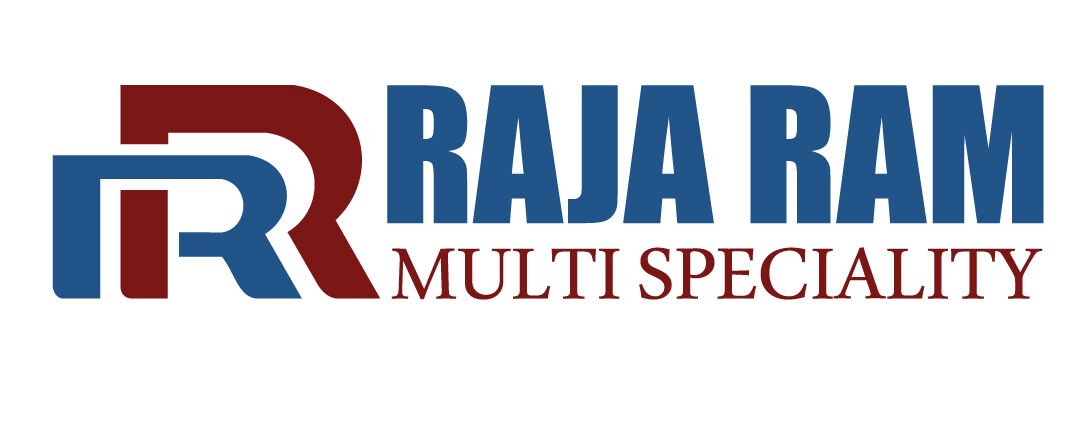Unlocking Communication: Navigating the Landscape of Hearing and Speech Disorders.
Hearing and speech disorders impact millions of lives, presenting unique challenges to individuals striving to communicate effectively. This article delves into the intricate world of these disorders, exploring their diverse manifestations, causes, and the array of interventions that empower individuals to overcome communication barriers and foster meaningful connections.
To Know More About It Please Click Here
- Understanding Hearing Disorders: A Spectrum of Challengesa. Sensorineural Hearing Loss: Resulting from damage to the inner ear or auditory nerve, sensorineural hearing loss is often irreversible and can affect the ability to hear faint sounds or comprehend speech.b. Conductive Hearing Loss: Caused by issues in the outer or middle ear, conductive hearing loss may lead to difficulties in sound transmission, impacting overall hearing clarity.c. Mixed Hearing Loss: A combination of sensorineural and conductive hearing loss, mixed hearing loss presents challenges on multiple fronts.
- Speech Disorders: Disruptions in Verbal Expressiona. Articulation Disorders: Difficulties in pronouncing sounds correctly, affecting the clarity of speech.b. Fluency Disorders: Characterized by disruptions in the natural flow of speech, stuttering being a prominent example.c. Voice Disorders: Alterations in pitch, volume, or quality of the voice, impacting effective communication.
- Causes of Hearing and Speech Disorders: A Multifaceted Spectruma. Genetic Factors: Inherited conditions can contribute to hearing and speech disorders.b. Congenital Factors: Disorders present at birth, such as congenital hearing loss or cleft palate, can impact communication development.c. Acquired Factors: Infections, trauma, exposure to loud noises, and certain medications can contribute to acquired hearing and speech disorders.
- Early Intervention: Paving the Way for Communication Successa. Newborn Hearing Screening: Early identification through newborn hearing screenings allows for prompt intervention, optimizing language development.b. Speech Therapy: Speech-language pathologists play a pivotal role in diagnosing and treating speech disorders, providing tailored interventions to enhance verbal expression.c. Cochlear Implants and Hearing Aids: Technological advancements in hearing devices offer transformative solutions for individuals with hearing loss, facilitating clearer communication.
- Augmentative and Alternative Communication (AAC): Empowering Non-Verbal CommunicationAAC methods, including sign language, communication boards, and electronic devices, provide individuals with speech disorders alternative means to express themselves, fostering independence and inclusion.
- Collaborative Approaches: The Role of Interdisciplinary TeamsSuccessful management of hearing and speech disorders often involves collaboration between audiologists, speech-language pathologists, educators, and other healthcare professionals. This interdisciplinary approach ensures comprehensive care addressing the diverse aspects of communication challenges.
- Educational Support: Nurturing Communication SkillsIn educational settings, individualized education plans (IEPs) and accommodations support students with hearing and speech disorders, creating an inclusive environment that encourages academic and social growth.
- Embracing Diversity: A Rich Tapestry of CommunicationRecognizing and celebrating diverse forms of communication fosters a more inclusive society, where individuals with hearing and speech disorders are valued for their unique perspectives and contributions.
To Know More About It Please Click Here
Conclusion:
Hearing and speech disorders represent a complex tapestry of challenges that can impact various aspects of life. Through early intervention, advancements in assistive technologies, and a collaborative, inclusive approach, individuals with these disorders can navigate their unique communication journeys with resilience and success. As we strive for a more understanding and inclusive society, embracing the diversity of communication styles enriches the fabric of human connection.



